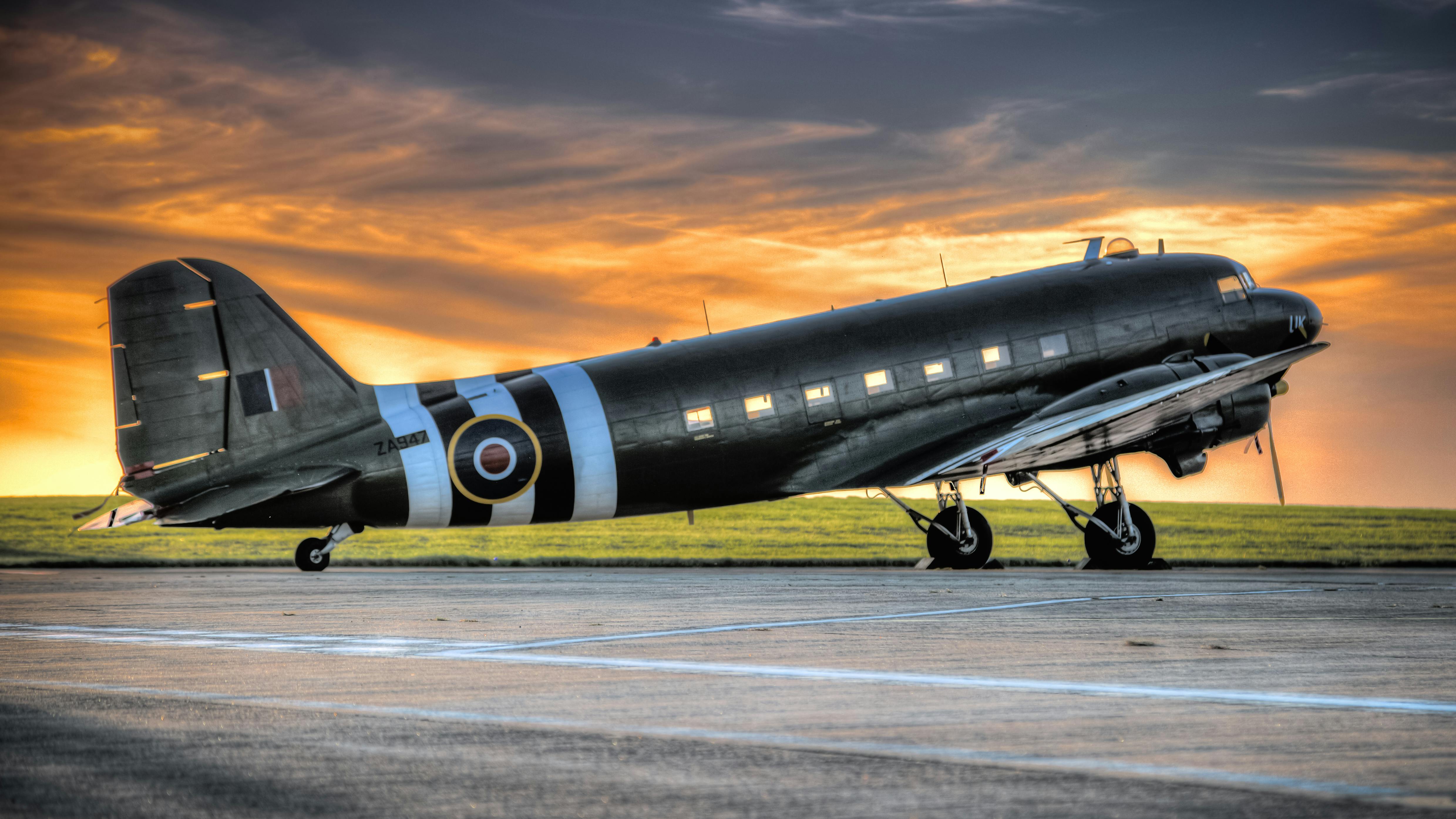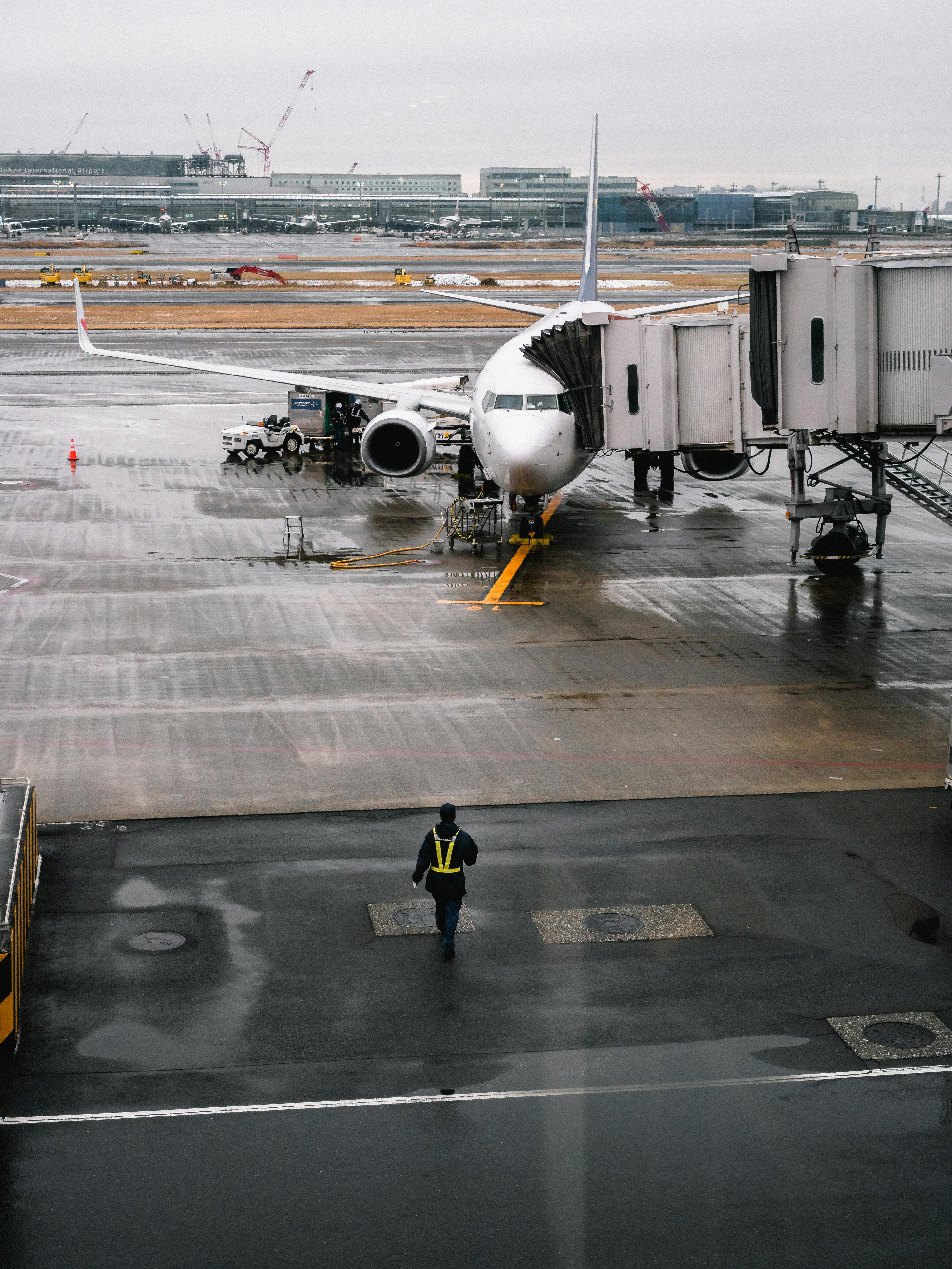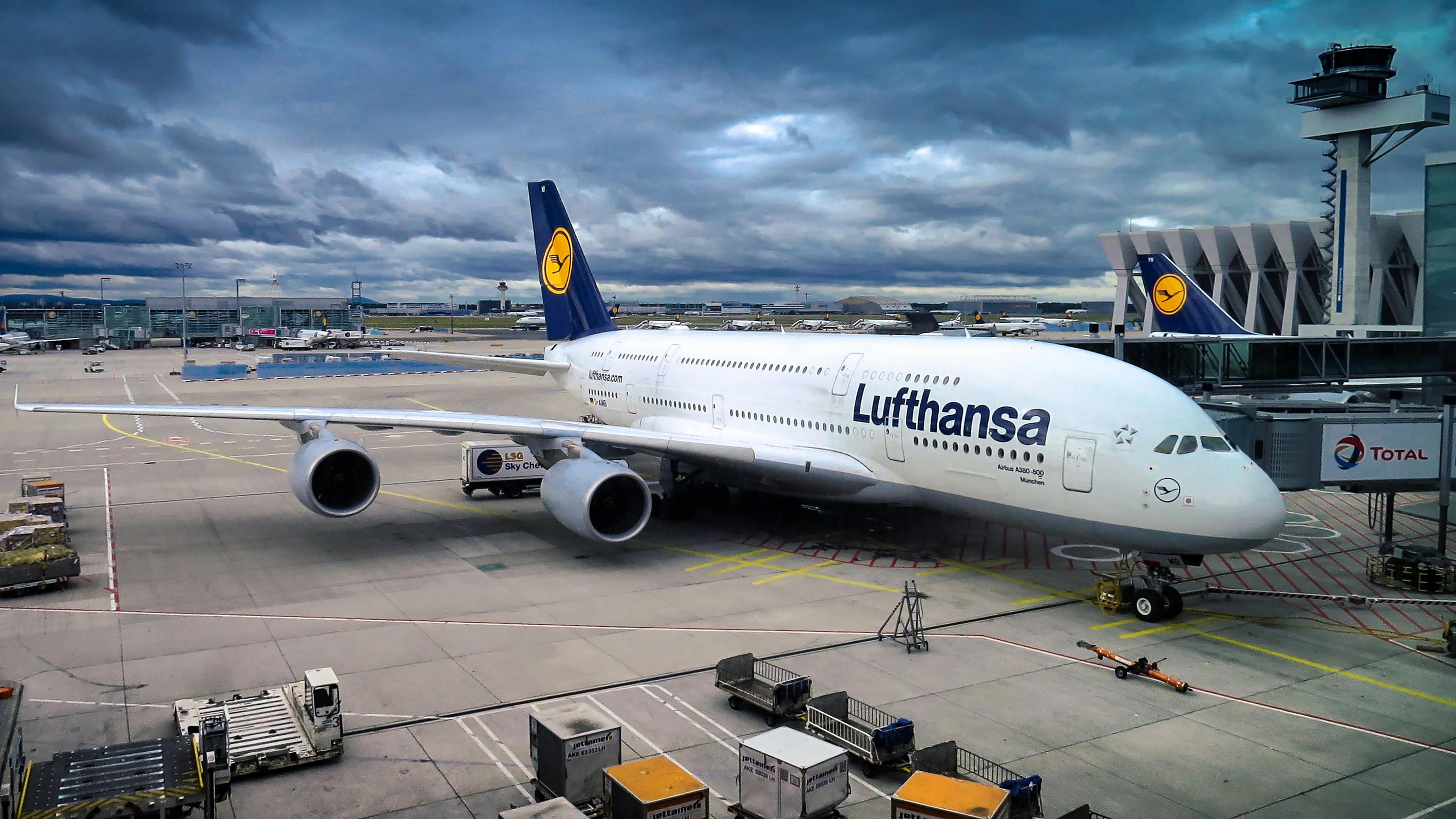Growing air travel brings with it a complex network of interconnected airlines and airports both nationally and globally. This vast network of travel infrastructure is integral to the growth of the industry, offering major economic benefits, but also challenges such as environmental impact and passenger experience. In this article, we explore the history and evolution of the airline and airport network and discuss key components, current challenges and best practices for the network. We also look at how emerging technologies and new standards are impacting the network and improving passenger experiences. Finally, we look ahead to the future of the airline and airport network. Let’s take a flight of fancy and discover how the airline and airport network is growing and evolving.
Introduction
Traveling around the world has never been easier. As the global network of airlines and airports grows, the task of navigating this complex network is becoming increasingly complicated. In this article, we will take a closer look at the components of aviation, their interactions, and different considerations travelers must make when flying. Through a detailed examination of the intricacies of these systems, we will gain a better understanding of the significance of the airline and airport network. We will also gain insight into how these networks are constantly transforming and why it’s important for the general public to be aware of this steady change.
History of Airline and Airport Network

Since the dawn of aviation, the network of airlines and airports has grown rapidly. In 1910, the United States had just 6 airports; today, nearly 500 domestic airports serve the nation. Similarly, airlines have increased dramatically, with more than 1400 airlines now registered in the United States. To further understand the scope and impact of this evolution, it’s important to explore the history of airline and airport network in more detail.
Key Components and Connections of Network

A comprehensive understanding of the airline and airport network starts with an exploration into the key components and connections. Travelers moving through the network experience a combination of airlines and airports, both large and small. Airline fleets consist of a variety of aircraft, each with distinct features designed to accommodate various types of passengers. In addition, there are many airports, each with their own geographic and economic influences. While some connections between airlines and airports are direct, others have multiple points of contact, allowing customers to remain on one itinerary while making multiple stops. Understanding the relationships between airlines, airports, and the various connections helps travelers plan the most efficient and cost-effective trips.
Benefits of Airline and Airport Network

The airline and airport network has many benefits. Perhaps most importantly, it allows travelers to access places that weren’t previously accessible. It’s also become much easier to make connections between flights due to the wider network of airports available. Travelers also benefit from increased competition and lower prices that come with the increased number of airports and airlines. Moreover, the network has also made it easier to arrange comfortable stops for long journeys, as well as it’s given more flexibility for booking tickets. All these advantages have increased the comfort of travel and made long distance flying easier and quicker.
Challenges in Airline and Airport Network

The airline and airport network faces a number of challenges including increased competition, rising fuel prices and orders for increased security measures. Despite these challenges, airlines have implemented innovative strategies such as fee-based services like early boarding, Wi-Fi, and priority seating in order to remain competitive. Airlines have also had to develop ways to optimize routes and multiple connections. Airports, in turn, must meet the demands of larger, more frequent flights, increasing passenger numbers, tight turnaround times and shifting demands. Ongoing maintenance of airport structures and knowledge of new technologies are key to making sure travelers arrive at their destination safely and on time. New regulations, standards and cooperation among different entities are essential to maintaining the integrity of the network.
Evolving Technologies Impacting the Network

As technological progress rapidly develops, the airline and airport network have responded in kind. New innovations, such as improved flight radar, online booking systems, and virtualized check-in counters, are giving passengers and pilots better control and timely information. Navigation systems and AI-driven air traffic control are providing more efficient flight paths and real-time data analysis. Even with all these technological advancements, safety and security are kept at the highest priority in order to best serve passengers and ensure a secure flight.
Best Practices for Airline and Airport Network

In developing an effective airline and airport network, there are certain best practices to keep in mind. Organizations must clearly define their objectives and consider the costs and benefits of an increased network. They should also determine the most effective method of integrating new connections into an existing infrastructure and maintain transparent communication channels with all stakeholders. Additionally, they should ensure coordination between various departments, optimize airport operations, and constantly review the market to better understand the needs of customers. By following these simple steps, organizations can build a robust airline and airport network that is profitable and beneficial to all parties involved.
Improving Passenger Experience Through Network

Today, key players in the airline and airport network are striving to improve the passenger experience. By streamlining processes such as boarding and disembarking, and more efficient transfers, the passenger journey is becoming increasingly enjoyable. Technology is impacting the network too, with many airport terminals going paperless and biometric security checks becoming more common. Passengers no longer need to wait in long lines, allowing them to spend more time exploring their destination. Aircraft have also been redesigned to allow for greater comfort and convenience. All of these advancements are part of an effort to make air travel faster, more efficient and enjoyable for all passengers.
The Future of Airline and Airport Network

The future of airline and airport networks looks bright, as new innovative technologies continue to make the flow of travel smoother and more efficient. We can expect to see more advances in the use of artificial intelligence for streamlining operations, automated navigation for more accurate flying paths, and increased use of virtual reality to enhance traveler experiences. Additionally, we can also look forward to further progress on aviation interconnectivity, with more and more airports joining open-sky initiatives and forging new partnerships to create global networks. As the industry continues to confront the challenges associated with the airline and airport network, the goal of providing the highest level of customer satisfaction to travelers remains imperative.
Conclusion
To conclude, the aviation network of airports and airlines has seen immense growth and improvement in recent years, and is well-equipped to handle the ever-growing demand. With the advent of advanced technologies, improved regulations and a focus on passenger experience, the trend for rapid expansion of this network is set to continue. By following the best practices and keeping in mind the ever-changing landscape of this network, any organization operating within the aviation industry can make the most of the opportunities it presents.



Leave a Comment